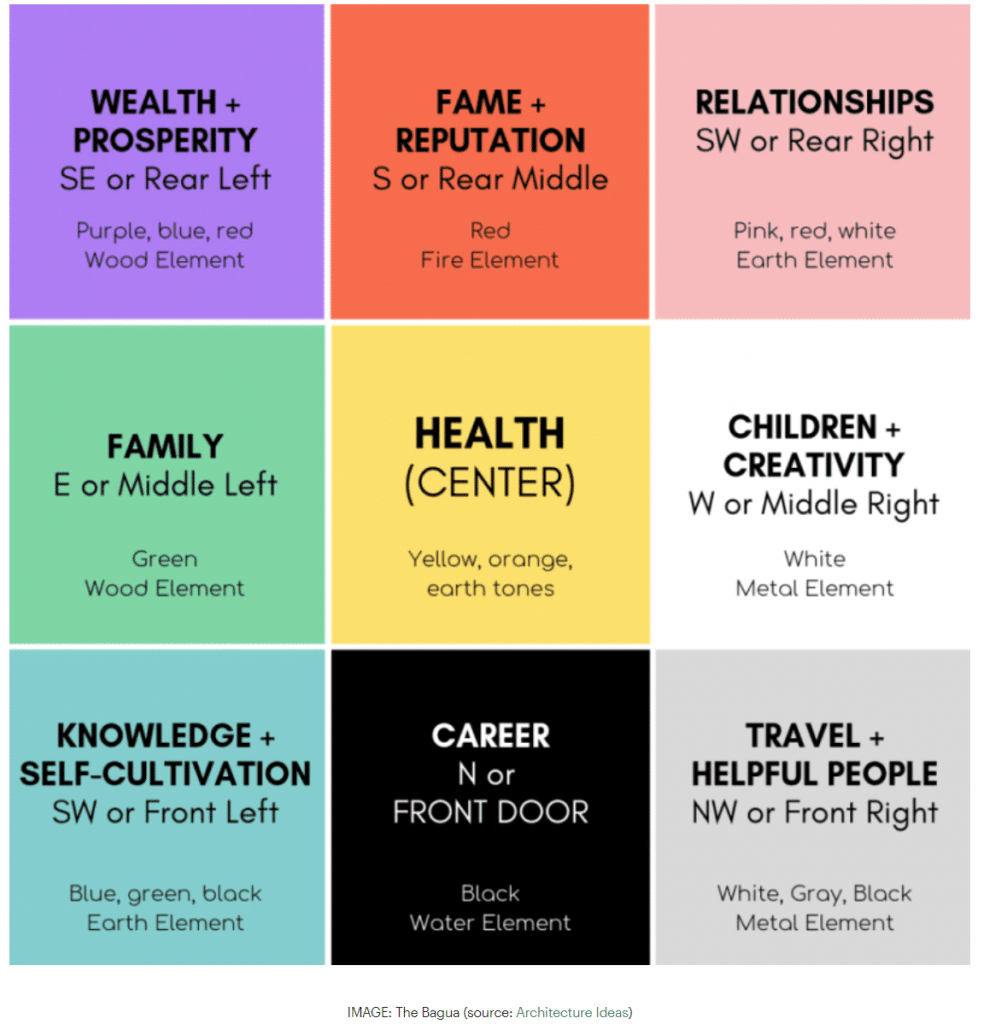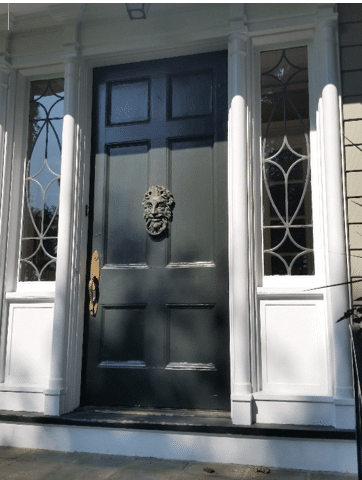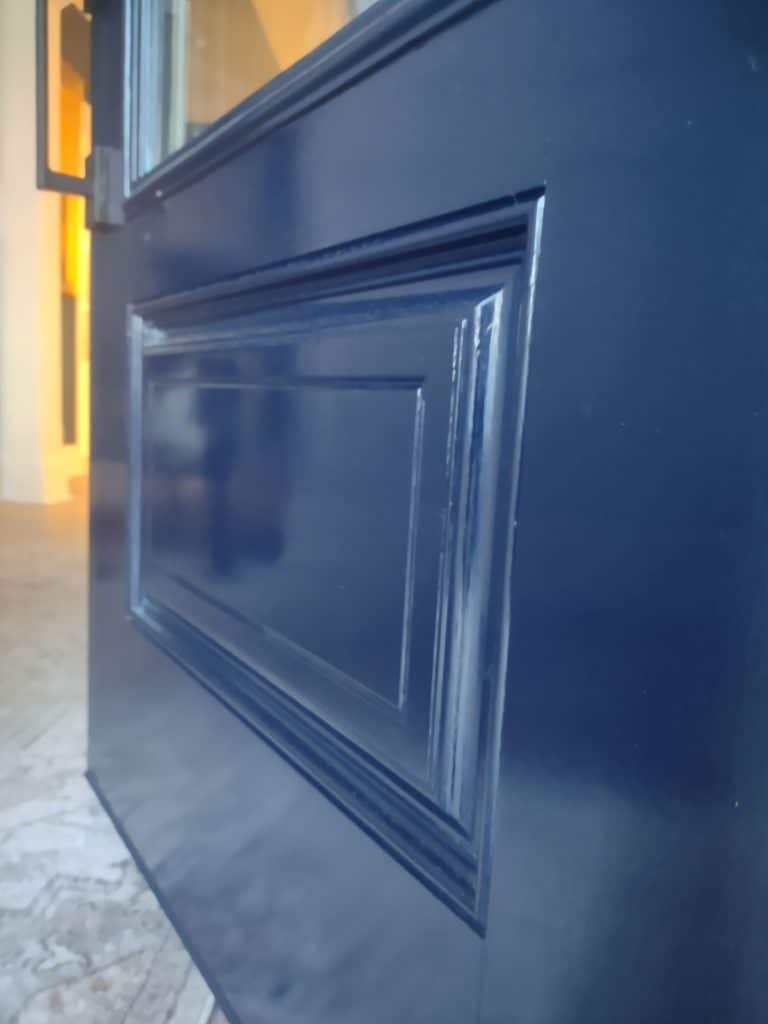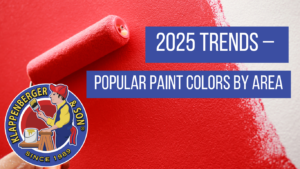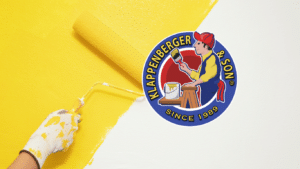Feng shui, an ancient art and science rooted in Chinese culture, is way more than just about how a space looks. It has a deeper significance, as it emphasizes on creating a balanced and harmonious environment around you. Incorporating feng shui colors in your home can prove to be a game-changer, bringing a plethora of positive attributes that can nourish your well-being. A perfect balance of feng-shui colors in your abode can help enhance your personal energy levels and elevate your mood. Did you know that you can even attract the things you want in life by using certain colors in your home? The color purple, for instance, has a long history of being associated with divinity, royalty, and intuition. This color is perfect if you are aiming to bring good luck into your life. Additionally, colors like green, gold, and silver, can help attract wealth, prosperity, and abundance. By selecting the right feng shui colors for different spaces in your home, from the front door to the kitchen, bedroom, living room, office, and bathroom, you can create a positive environment that aligns with your goals and aspirations. In conclusion, take some time to research the feng shui colors that will best serve you and bring them into your daily environment, and attract an abundance of good vibes!
I'm Sorry, What Exactly is Feng Shui?
“Feng shui” is a term that translates to “wind” and “water” in Chinese. It is based on an ancient poem that emphasizes the connection between human life and the surrounding environment. Essentially, feng shui is a practice that involves arranging items in living spaces to achieve balance with the natural world. This process is commonly referred to as “feng shui-ing” your home. The aim is to work with energy forces and create harmony between individuals and their surroundings. Feng Shui can be confusing to newcomers because it takes into account seasons, colors, and locations.
Let’s take a look at location and how it affects color choices.
Yin In The Bedroom & Yang In The Office
To achieve balance at home, it’s important to maintain the Yin/Yang balance in your home layout. Yin is passive energy for relaxation, while Yang is active energy for productivity and socialization. The overall balance is achieved by having Yin in some rooms and Yang in others. Yin is great for bedrooms and bathrooms, while Yang is needed in the kitchen, front door, dining room, and home office. A well-balanced home nurtures positive energy and creates an environment that invites positive energy in. Positive energy in Chinese culture is called “qi,” pronounced “chee.” Incorporating these basics into your home layout can help you achieve a more balanced and harmonious energy.
Choosing a front door color based on the direction it faces.
Crazy as it may seem, the right Feng Shui color for a front door is determined by the direction it faces. The only caveat is don’t pick a color you don’t like.
Based on feng shui principles and Ask Cathy, the direction it faces plays a part in which color to choose.
West – Doors facing west should be painted gray or white. This promotes good luck and wealth.
North and Northwest – Doors facing north and northwest should be metal and watercolors like blue and black. Colors like red are not good and can bring bad luck and poverty.
South – The colors facing south should be red, yellow, orange, and purple. Avoid blue and black.
East – Anything in the nature spectrum, such as green and brown tones. Reds and purples should be avoided because they represent fire and destruction.
Other Feng Shui Front Door Colors
Color selection based on the Five Elements Theory
Researchers have found that colors impact mood, emotions, and behavior. Experts in the field of Feng Shui utilize colors to manipulate the energy flow known as chi within a given space. The process of choosing colors should rely on the harmonious use of the Five Elements Theory, exemplified by the cycle of these elements. The Five Basic Elements each has its own palette of colors with which they generate and disseminate energy.
- Wood– blue and green. These colors are representative of growth, renewal, and vitality.
- Fire – red. The color red signifies passion, warmth, and high energy.
- Earth – yellow. Yellow is associated with stability, groundedness and nourishment.
- Metal – white, beige and silver. Metal colors represent clarity, precision, and efficiency.
- Water – dark blue and black. These colors promote relaxation, focus, and a sense of abundance.
Feng Shui Room
Kitchen:
Give your home a fresh new look with these simple tips. The kitchen is the heart of the home, a place where we nourish our bodies. Bring a bright and vibrant energy to your kitchen with white cabinetry and countertops.
Your bedroom should be your sanctuary, a place where love and romance thrive. Feng shui your bedroom with new bedding sets such as the beautiful pink flower print by Crane & Canopy. Green linens can also be restorative and revitalizing if that’s more your vibe. For your living room, use bright blues and greens to attract happier energy into your home. Add nature themes like birds and flowers with wallpapers such as Brewster Home Fashions Blue Chinoiserie Floral. These simple design updates will bring positive energy and beauty into your home.
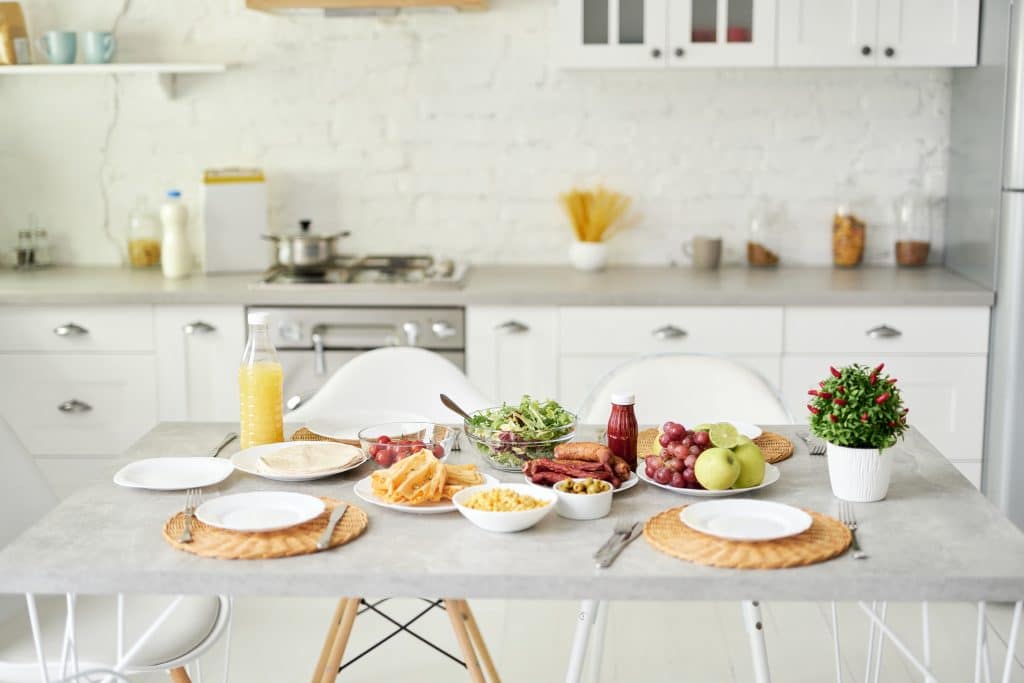
Feng Shui Office Tips and Colors
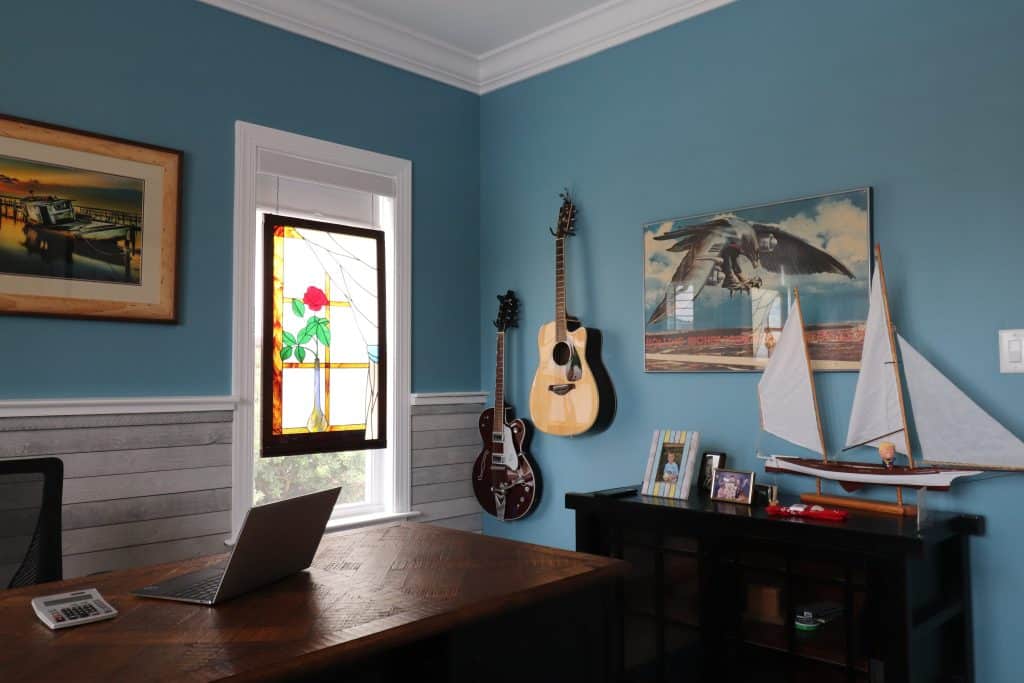
Selecting colors for your home office is important as it affects your mood and productivity. Use the 60-30-10 rule for choosing a main color and two accent colors. Incorporating Feng Shui colors is a good approach. Incorporate colors based on the element they represent.
- White (metal) promotes mental clarity and productivity.
- Earthy grays (metal) promote calmness and helpful people.
- Green (wood) represents growth, action and vitality.
- Yellow (earth) represents joy and harmony.
- Black (water) represents stillness and purpose besides wealth.
- Mid-tone blues (wood) represent growth and compassion.
- Purple (fire) signifies balance and wealth.
- Red (fire) is powerful and energizing.
- Earthy browns and neutrals (earth) are grounding and relaxing.
Pick colors with the intention of a positive and productive space.
Anji Cho recommends avoiding Clutter, dead plants, too much of the same color, no natural light
Bringing Feng Shui Colors Into The Bedroom
There is no collection of Feng Shui bedroom colors, but there are some best practices to follow. Knowing how color affects our internal energies physically and emotionally helps us decide the best color for various rooms.
First, go through various paint colors and notice which colors appeal to you. If you have a partner, have them participate in this as well.
According to Feng Shui, When we sleep, we are in a state of Yin, which is a relaxed state and open to absorb the energy of the room. Therefore, we don’t want to choose colors with much energy, such as red. Instead, look for muted greens, shades of blue, and even purple.
The most important part of picking a color is for you to like it.
Secondly, pick a color that adds the energy you would like to absorb overnight.
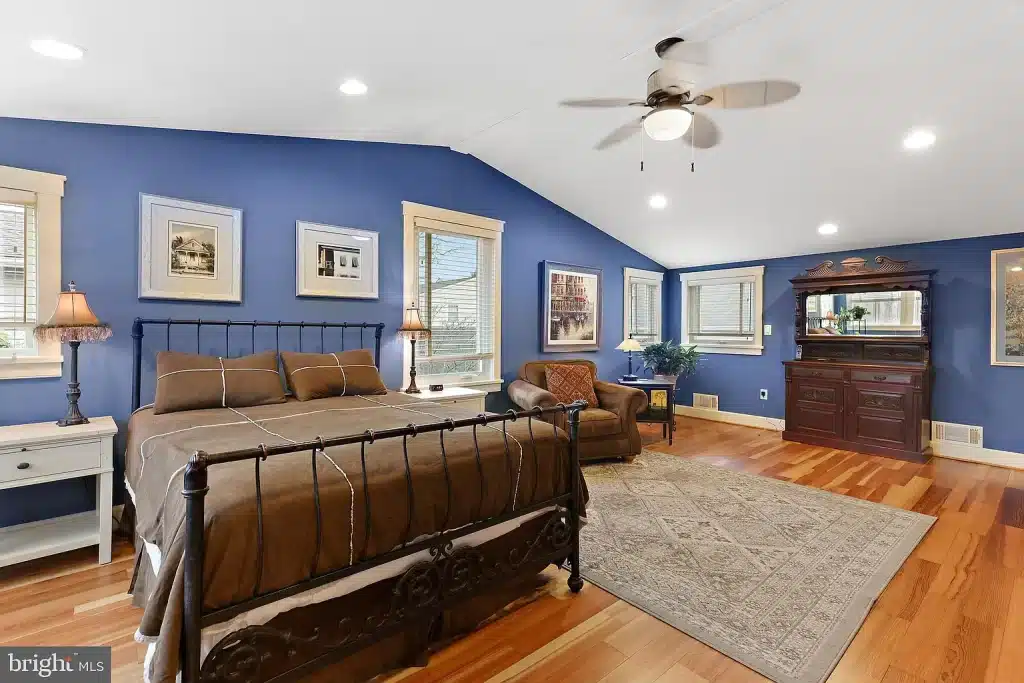
Dark blue and navy (water element)– are associated with the Gen or Knowledge area of the Bagua. These colors evoke a calming and meditative vibe like the night sky or deep water. Dark blue can work well for those aiming to alleviate stress or practice self-improvement, especially in bedrooms. Indigo and purple are great color combinations to complement this hue.
Blue and black, associated with water energy, have calming effects that slow heart and breathing rates and can increase coolness.

Green (wood element) – is in general a calming and relaxing color and is generally considered the best color for a bedroom by color experts. The Feng Shui bedroom color represents nature, it makes us feel good and positive.
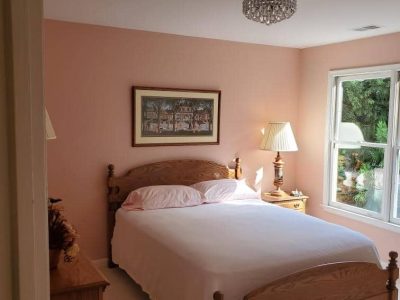
Pink room ideas (earth and fire elements) are an excellent choice for your Feng Shui bedroom color scheme as it doesn’t distract or stimulate the brain.
Pinks pair very well with dark grays and light-colored natural wood floors.
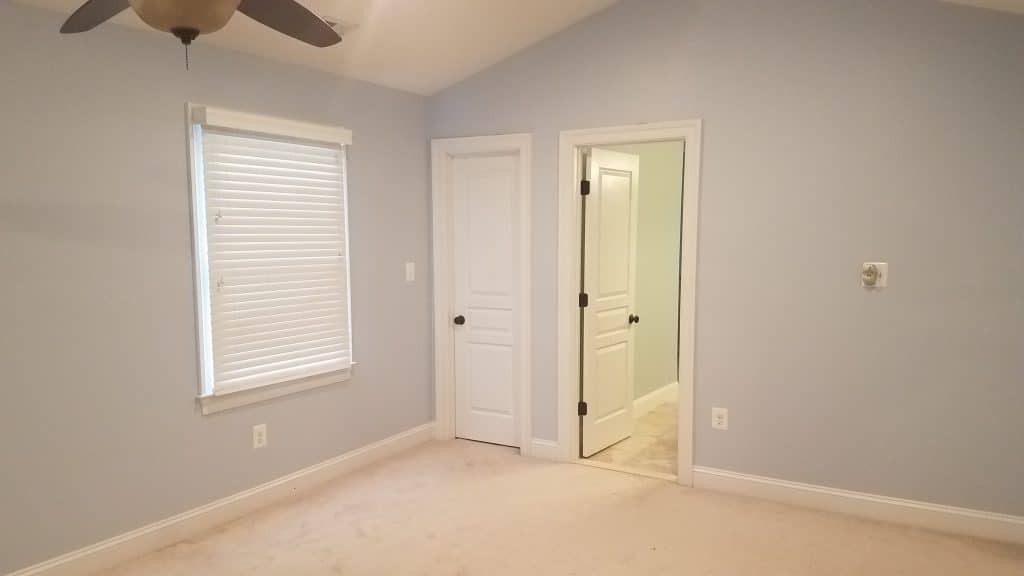
Gray (metal element)- bedroom ideas are very popular, and there is a shade to suit every style. This contemporary shade is the new neutral and will add elegance to your bedroom. It is easy to live with and perfect for a west-facing front space. Gray represents determination, self-reliance, and sophistication. It is also associated with balance and knowledge.
Additional Colors and There Affects
Red, associated with fire, can increase heart rate, respiration, and blood pressure and can promote activity. It is the most powerful color in the Feng Shui map. Red is connected to the Bague map and is said to promote visibility, inspiration, and clarity.
Yellow, associated with earth energy, can clarify and elevate mental activity and create a sense of stability and nurturing. Bright vibrant yellows represent humility, and surrender, while softer more muted yellows are more grounding.
White and metallic colors, associated with alertness, can support carefulness, focus, and purity. Straight white represents winter when activity is dormant.
As colors become more muted, it affects the energy and can even transfer it to another one of the five elements.
Beige and Taupes – According to Julie Shuster, because they are earth-tone colors, they have a calming effect that can make a space feel grounded. Very popular in a farmhouse style decorating.
Salmon – is a balance of earth (yellow) and fire (red) elements. According to HGTV Color Design, “Use salmon to call attention to a specific area and promote conversation.” HGTV
Pink – Pink is a delicate color in feng shui that is associated with the Partnership and Love area of the bagua map. It’s a color that is used to activate self-love, softness, and attract a relationship.
Turquoise – bringing turquoise into your space helps fight fears and disturbing thoughts, giving you a relaxing control of your atmosphere. Turquoise’s calming energy is because of the perfect balance of colors, blue (water element) and green (wood element).
Lavender – by mixing the colors of blue (water) and purple (earth), these elements can evoke a sense of calm, spirituality, contemplation, and quiet. Use lavender to minimize high activity, calm a stressful situation, or create a special spiritual space.
Additional Bed Room Fun Shui Tips
Here is the most optimal layout, according to Certified Feng Shui Master Cerrano, that she frequently suggests to her clients. The bed is placed against a solid wall to have a commanding view of the doorway, but it is not directly aligned with the window or door.
The wall should not contain any plumbing or appliances to prevent overstimulation of the energy.
The bedside table should be shorter than the bed to avoid feeling overwhelmed.
The layout should be free of any mirrors, plants, workspaces, or electronics which all have their own energetic charges, according to feng shui.
Nonetheless, Cerrano acknowledges that this ideal setup might not be feasible or suitable for everyone, and small adjustments can be made as necessary.
The following eight layouts outlined are based on this Cerrano layout but include as-needed modifications depending on individual circumstances.
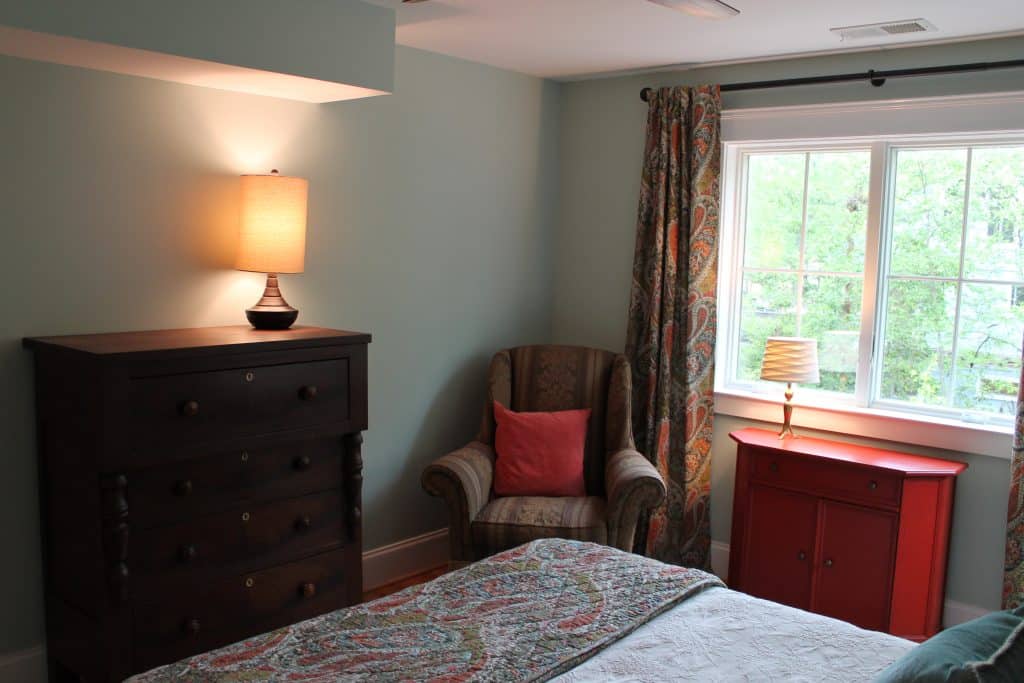
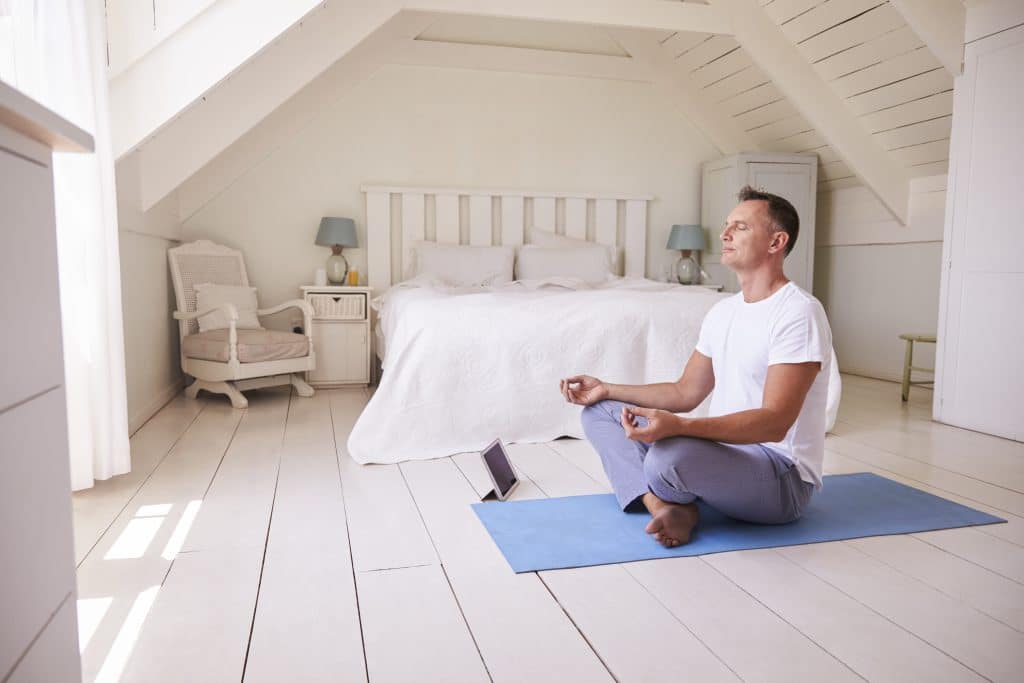
As you can see, Feng Shui colors for rooms are not limited to a handful of colors. The most important consideration is what colors appeal to you.
Once you have the preferred colors down to a few, it is best to research those colors and see which one of those energies you wish to invite into the room.
If you have busie wallpaper you may want to consider removing it.
Decluttering a room and removing items unwanted items is another easy step.
Easy to Practice Feng Shui Tips
- If you are looking for new furniture, consider neutral colors.
- You can take your shoes off before you enter the house. This can bring in negative energy.
- If you do choose a vibrant color, such as red or a deep blue, you may want to limit it to one accent wall instead of an entire room.
- Declutter – remove things from the room that you are not necessary or you don’t feel a connection with.
- Allow light to come through the windows and have wind chimes.
- Keep the path to the front door clear.
- Have chairs and desks facing the primary entrance. You want to be able to see people arriving and not be caught off guard.
- Avoid nightstands that are taller than the bed. This can make you feel enclosed while you are sleeping.
Diving Deeper Into Feng Shui
The bagua/pakua is an essential tool in Feng Shui. It is a energy map that assists with the layout of your house and the application of elements to specific areas in your home based on the aspects of your life you wish to focus on, such as wealth, career, relationships, health, or travel.
Check out the image below to see the areas in your home and the corresponding aspects of your life they represent.
